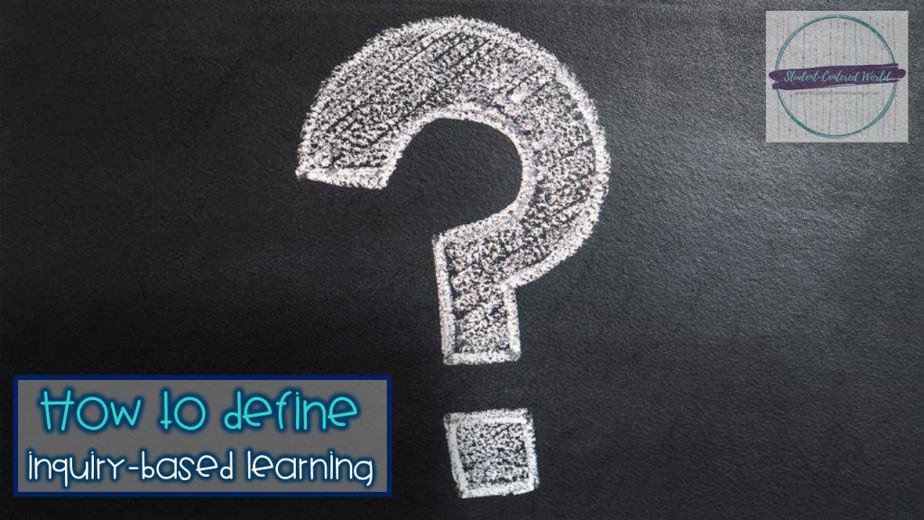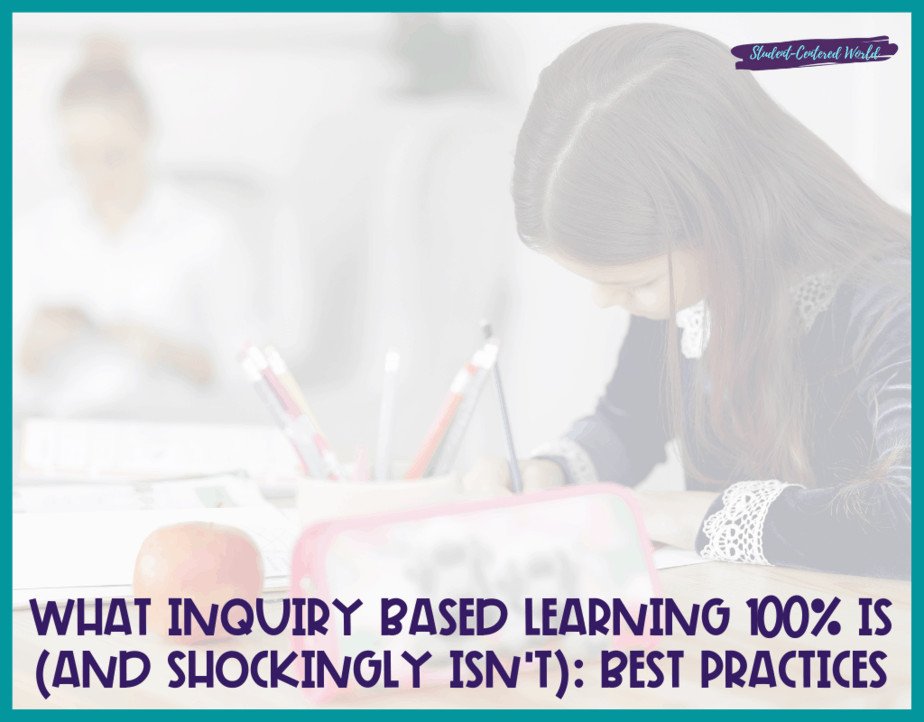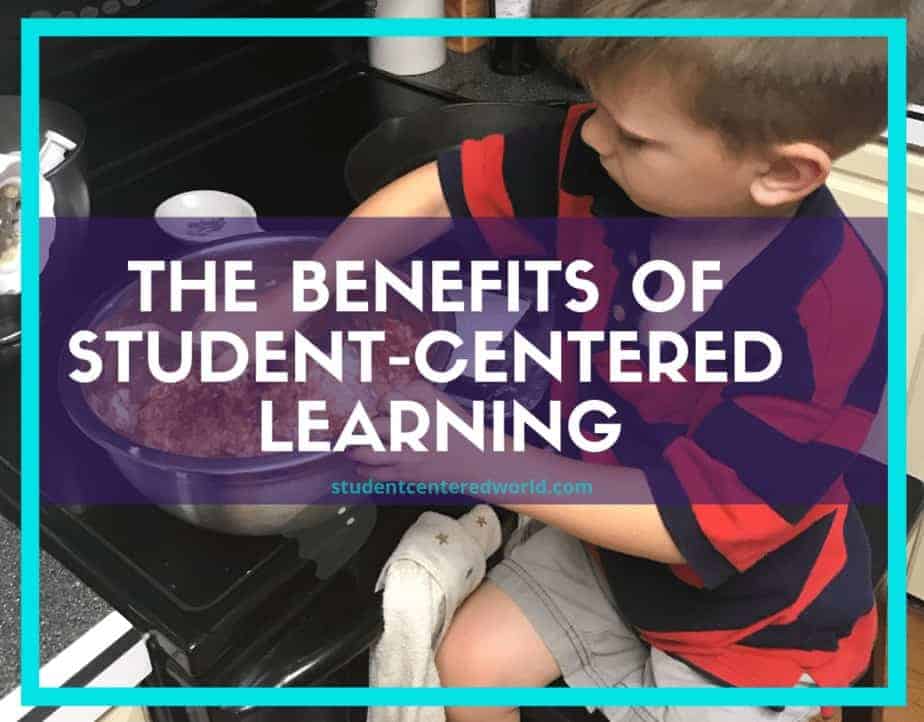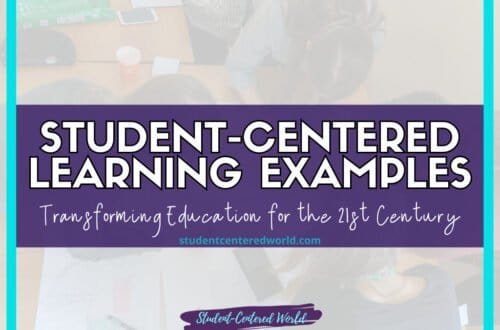What is Inquiry-Based Learning? Benefits in Teaching
In today’s rapidly evolving educational landscape, classroom teachers are increasingly moving beyond rote memorization to foster deeper understanding and lifelong skills. The inquiry-based approach, particularly inquiry-based learning (IBL), has emerged as a student-centered method that transforms classrooms into dynamic hubs of exploration.
At its core, IBL nurtures students’ curiosity, develops critical thinking skills, and helps students apply knowledge to real-world issues. Through inquiry-based instruction, students take ownership of their learning, actively engaging with content through questioning, discovery learning, and problem-solving.
What is Inquiry-Based Learning?
Inquiry-based learning is a teaching strategy where students explore topics of personal interest by posing their own questions, designing investigations, and constructing new knowledge through hands-on experiences. Unlike traditional, teacher-led instruction, IBL emphasizes student voice and ownership of the learning process.
This approach enables students to explore their own interests and apply knowledge to real-world issues, making learning more meaningful.
The Inquiry Process
The inquiry process follows a natural progression that mirrors how humans learn best. It begins by sparking students’ curiosity through open-ended or essential questions, real-world problems, and authentic challenges. From there, students formulate their own questions, engage in the research process, analyze findings, and share their conclusions.

This cyclical process helps deepen their understanding of a concept while developing essential inquiry skills such as critical thinking and problem-solving.
Heather Wolpert-Gawron from Edutopia explains, “Inquiry-based learning is more than asking a student what they want to know. It’s about triggering curiosity.” This distinction is crucial in fostering an investigative mindset where students don’t just passively absorb information but actively engage with the content and create knowledge.
When students take ownership of their own inquiry, they retain knowledge more effectively, as they are involved in the process of discovery learning.
The Teacher’s Role in Inquiry-Based Learning
Implementing inquiry-based instruction requires a shift in the teacher’s role from being the primary source of knowledge to becoming a facilitator of the learning process. Teachers create environments that encourage student-driven inquiry and guide learners in developing good questions, research methods, and strategies for knowledge creation.
They offer resources, scaffolding, and a guided inquiry approach while giving students the time and space for productive struggle. Teachers assess both the process and products of learning, offering feedback that fosters critical thinking and deeper engagement with the content.
Though it may seem challenging at first, many classroom teachers find this shift to be a rewarding opportunity to support students in taking ownership of their own learning.
Types of Inquiry-Based Learning
There are different ways to implement inquiry-based learning, depending on the grade level, student experience, and the content area. These include:
- Structured Inquiry: Teachers provide the question and method, and students discover the answer.
- Guided Inquiry: Teachers provide the question, and students design their own methods for investigation.
- Open Inquiry: Students develop their own questions and methods (most student-directed).
- Problem-Based Learning: Focused on solving real-world issues.
- Project-Based Learning: Culminates in tangible products or presentations.
The Academy of Inquiry and resources like the Empire State Information Fluency Continuum provide a framework for developing inquiry skills progressively across grade levels. For younger students or those new to IBL, starting with more structured approaches helps build confidence before advancing to open inquiry.
Benefits of Inquiry-Based Learning
Research consistently shows that IBL offers transformative benefits across many dimensions of student development. These advantages extend far beyond academic achievement, influencing cognitive abilities, engagement levels, social-emotional skills, and lifelong learning.
Cognitive Development
IBL is an effective way to develop students’ intellectual growth. By engaging in authentic investigations, students develop critical thinking skills as they analyze information, evaluate evidence, and draw conclusions. This inquiry learning process enhances problem-solving abilities and fosters metacognition, as students become more aware of their thought processes and learning strategies.

Moreover, students build transferable skills in research and information literacy, making them more self-directed learners.
Student Engagement and Motivation
Inquiry-based learning makes learning more relevant and engaging by allowing students to pursue topics that align with their own interests. By pursuing their own inquiry and posing meaningful, open questions, students experience a deeper connection to the material, which fosters intrinsic motivation. The active, participatory nature of IBL allows students to create knowledge, rather than merely receive it, making learning more meaningful.
Social-Emotional Growth
IBL promotes collaboration, which in turn fosters social-emotional development. Working in small groups, students engage in discussions, negotiate roles, and share ideas to solve problems or explore new concepts. They also build resilience through “productive struggle,” learning to handle setbacks as they move through the inquiry process. The collaborative environment also helps students develop empathy as they explore diverse viewpoints on complex real-world issues.
Long-Term Success
The skills developed through IBL, including critical thinking, problem-solving, communication, and collaboration, are essential for success in the 21st century. Students also cultivate habits of lifelong learning, which will enable them to continue developing curiosity and research skills long after formal schooling ends.
Implementing Inquiry Across Subjects
One of IBL’s greatest strengths is its adaptability across content areas.
- Science: Students conduct real experiments, such as exploring how environmental factors affect chemical reactions.
- Social Studies: In social studies classrooms, students analyze primary sources to understand historical events, exploring issues from multiple perspectives.
- Mathematics: Students apply mathematical principles to real-world problems, such as designing structures or conducting community surveys.
- Language Arts: In language arts classrooms, literature studies become more meaningful when students investigate themes and connections to contemporary issues.
IBL also facilitates interdisciplinary connections, where topics like ecosystems can integrate biology, chemistry, geography, and math, promoting holistic learning and application of knowledge.
Practical Strategies for Implementing Inquiry-Based Learning
To implement inquiry-based instruction successfully, classroom teachers should begin with engaging provocations like artifacts, videos, or real-world issues to spark students’ curiosity. Teaching students how to formulate good questions that drive deeper inquiry is crucial. Teachers should provide scaffolding such as graphic organizers, sentence stems, and regular checkpoints to support the research process. Creating an environment that encourages peer feedback and collaboration fosters an open and flexible classroom setting.
Assessments should focus on both the inquiry process and the final products, using portfolios, self-assessment, and rubrics to provide a comprehensive evaluation of student progress.
While IBL offers numerous benefits, teachers may face challenges such as time management, student readiness, and curriculum alignment. To overcome these hurdles, educators can start with shorter, structured inquiry-based lessons, gradually progressing to longer, more open-ended projects. A gradual release of responsibility helps students develop inquiry skills at their own pace, and mapping inquiry topics to the curriculum ensures alignment with required standards.

Rubrics and authentic assessments, such as presentations or portfolios, can help assess both content mastery and inquiry skills.
Evidence Supporting Inquiry-Based Learning
A growing body of research supports the effectiveness of IBL in enhancing student achievement. For instance, a meta-analysis by Furtak et al. (2012) showed that IBL significantly improves student outcomes, particularly in science. Research from the University of Manchester reveals that IBL fosters deeper understanding compared to traditional methods, and studies of schools like XQ School demonstrate that IBL increases both student engagement and college readiness.
Technology plays a vital role in enhancing inquiry-based learning. Digital platforms provide students with instant access to information and research tools, while multimedia tools allow students to share their findings with authentic audiences. However, technology should serve as a support to the inquiry process, not drive it, and should be used strategically to help students achieve learning objectives.
IBL’s flexibility makes it effective for meeting the needs of diverse learners. English Language Learners and students with learning differences benefit from IBL’s hands-on, contextual approach and visual supports. Advanced learners can pursue more complex inquiries, while putting students in small groups ensures that all students contribute their perspectives and learn from one another.
The Future of Inquiry-Based Education
Successful implementation of IBL requires comprehensive professional support. Educators benefit from workshops, classroom coaching, and learning communities where they can share strategies and insights. When teachers experience IBL as learners themselves, they gain a deeper understanding of its challenges and transformative potential, which ultimately enhances their own instructional design models.
As the world continues to change, inquiry-based education is poised to play an increasingly important role in preparing students for the future. With its emphasis on critical thinking, creativity, and problem-solving, IBL equips students with the skills they need to succeed in the workforce and contribute meaningfully to society. The approach aligns with the needs of the 21st century, where adaptability and collaboration are key.
As emerging technologies like AI shape the educational landscape, IBL will provide the framework for integrating these tools in ways that support authentic inquiry and deep learning.
This article was originally published on May 12, 2018
Works Cited
Furtak, Erin M., et al. “The Impact of Inquiry-Based Learning on Student Achievement: A Meta-Analysis.” Science Education, vol. 96, no. 4, 2012, pp. 609-636.
“Academy of Inquiry.” Academy of Inquiry, www.academyofinquiry.org. Accessed 8 Apr. 2025.
Wolpert-Gawron, Heather. “Inquiry-Based Learning: An Approach to Engage Students.” Edutopia, George Lucas Educational Foundation, 10 Mar. 2021, www.edutopia.org/article/inquiry-based-learning-approach-engage-students. Accessed 8 Apr. 2025.
“Empire State Information Fluency Continuum.” New York Library Association, www.nyla.org/empire-state-information-fluency-continuum/. Accessed 8 Apr. 2025.
“XQ School: Transforming High Schools.” XQ Institute, www.xqsuperschool.org. Accessed 8 Apr. 2025.
University of Manchester. “Inquiry-Based Learning and Its Benefits.” University of Manchester, www.manchester.ac.uk/inquiry-based-learning-benefits. Accessed 8 Apr. 2025.







